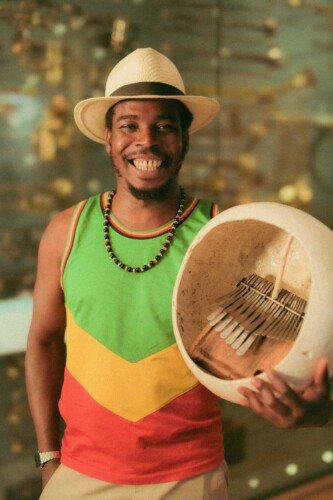‘Big up the Horniman Museum’: New musicians announced for residence programme at Horniman Museum
The Horniman Museum and Gardens has appointed the second cohort in its Musicians in Residence programme.
The scheme links early career musicians with its Musical Instrument collection for them to create new work, culminating in live performance.
The new musicians include Anti.net, a punk rap and art collective from East and South East London known for their disruptive energy and genre-blurring performances.
Following the announcement, Anti.net said: “Big up the Horniman Museum for having us as part of the artists residency. We’re looking forward to collaborating with them to bring our sound somewhere new and exciting.”
Also selected for the residency is Daniel Tsz-shing Lei, a dizi flautist from Hong Kong who merges traditional Chinese folk music with modern classical composition.
Mr Tsz-shing Lei said: “The residency offers me an encounter with both local and broader digital communities, providing a favourite opportunity to explore new musical performativities through selected objects from the wonderful Horniman Collection.”

And finally, Gabriel ‘Sekuru’ Makamanzi – a Zimbabwean mbira player and singer based in London, dedicated to honouring the rich musical traditions of his homeland.
Over six months the trio will work with Saava Benjamin Busenze Balagadde, Rudi Schmidt and Joseph Rubio from the Horniman’s Curatorial and Community Engagement teams to produce new music, digital content, and live performances which will be on at the Horniman Museum Lates from February until April next year.
Mr Schmidt, programme manager, said: “We are really excited to work with our new cohort of resident musicians, each one bringing something very different to the Horniman.
“From deeply held spiritual traditions of the mbira to disruptive punk-rap energy, to contemporary approaches to folk-art, these artists will share a broad range of cultural expression with our audiences.
“They are all experts of their craft, and we are looking forward to seeing how they respond to our collections and influence the way we work as a museum.”
Pictured top: Gabriel ‘Sekuru’ Makamanzi (Picture: Joseph Rubio/ Horniman Museum and Gardens)
